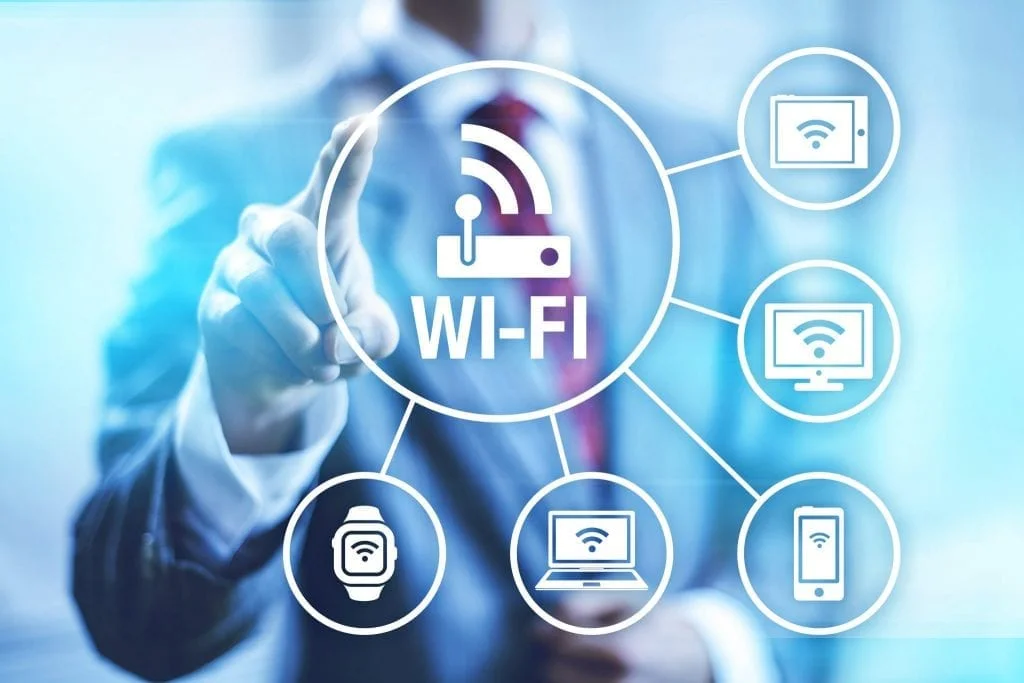Safety is paramount in the construction industry, and implementing rigorous cleaning protocols is crucial to maintaining hazard-free construction zones. These protocols not only ensure the well-being of workers but also contribute to the overall efficiency and success of the project. The first step in creating a hazard-free environment is establishing a daily cleaning routine. This involves clearing debris, removing materials that could pose a tripping hazard, and sweeping work areas to prevent the accumulation of dust and other particles. Regular inspections should be conducted to identify and address potential hazards promptly. Furthermore, construction sites must adhere to strict waste disposal protocols. Hazardous materials, such as chemicals and contaminated materials should be properly stored and disposed of in accordance with local regulations. Clear signage indicating the location of waste disposal areas and the types of materials accepted is essential to guide workers and prevent inadvertent mishandling of potentially dangerous substances.
Additionally, construction sites should have designated areas for the storage of tools and equipment, ensuring that walkways and emergency exits remain unobstructed. Personal protective equipment PPE plays a pivotal role in construction site safety. Post-construction site cleaning protocols should include thorough maintenance and sanitation of PPE to prevent the spread of contaminants. Helmets, gloves, safety glasses, and other protective gear should be regularly inspected for wear and tear, and replaced as needed. Sanitization stations equipped with hand sanitizers and cleansing wipes should be strategically placed throughout the construction site, encouraging workers to maintain personal hygiene and reduce the risk of infections. In addition to daily cleaning routines, it is essential to conduct periodic deep cleaning sessions. This involves a comprehensive assessment of the entire construction site, targeting hard-to-reach areas and surfaces that may accumulate dust and debris over time. Heavy machinery, scaffolding, and other equipment should be thoroughly cleaned and inspected to ensure proper functioning and identify any potential safety issues.
Communication is key in maintaining hazard-free construction zones. Regular safety meetings should be conducted to reinforce the importance of cleanliness and to address any concerns or suggestions from the workforce. Workers should be encouraged to report potential hazards immediately, fostering a culture of accountability and collective responsibility for safety. Lastly, construction sites should integrate technology to enhance cleaning protocols. Automated cleaning equipment, such as sweepers and scrubbers, can efficiently clean large areas, reducing manual labor and improving overall cleanliness. Drones equipped with cameras can be employed for aerial inspections, identifying potential hazards and ensuring that cleaning efforts are comprehensive. In conclusion, safety should always be the top priority in construction zones. Implementing thorough and consistent cleaning protocols not only minimizes the risk of accidents and injuries but also contributes to a more productive and efficient work environment. By fostering a culture of cleanliness and accountability, construction sites can create a safer working environment for all involved.
